Flight delays could soon pick up, and service to some smaller American communities may be in jeopardy as the federal government shutdown stretches into a second week.
In recent days, control towers at airports across the country have seen a “slight tick up” in air traffic controllers staying home from work, U.S. Secretary of Transportation Sean Duffy confirmed Monday.
“There’s been one facility one day, another facility another day,” Duffy said, speaking during a news conference at Newark Liberty International Airport (EWR). “Some areas, there’s been a 50% reduction in some of the staffing. We’re tracking it. And we take the appropriate action necessary to make sure our skies are safe.”
U.S. government is shutdown: Here are the travel impacts
Aviation industry leaders had feared a spike in Federal Aviation Administration employees calling off work after the federal government entered a shutdown on Oct. 1, with no funding bill passed by Congress.
Air traffic controllers are among the thousands of essential federal workers expected to continue reporting to work during a shutdown, but without a paycheck.
In early 2019, a weekslong shutdown led to scores of FAA workers calling off, and resulted in mounting flight delays — travel woes that ultimately helped bring the stalemate in Washington to an end.
So far, Duffy said the air traffic control call-outs weren’t widespread.
But if the problems worsen, he said, the FAA could slow the flow of planes — which would likely trigger flight delays, especially at the nation’s busiest airports.

Reward your inbox with the TPG Daily newsletter
Join over 700,000 readers for breaking news, in-depth guides and exclusive deals from TPG’s experts
Air traffic control staffing already a major problem
Critical FAA facilities already face significant staffing challenges. Controllers regularly work six-day weeks and mandatory overtime.
Those staffing woes (and other factors) contributed to major travel disruptions this spring in Newark, and drew national attention in January after the first deadly crash involving a U.S. airline in over a decade.
The nation’s largest air traffic controllers union on Sunday encouraged its members to continue reporting to work during the shutdown, and denounced “any coordinated activity that disrupts the national airspace system,” alluding to unauthorized absences.
TSA officers working without pay
Also expected to work without pay: Transportation Security Administration officers.
At the time of publication, TPG had not yet heard reports of significant security checkpoint delays.
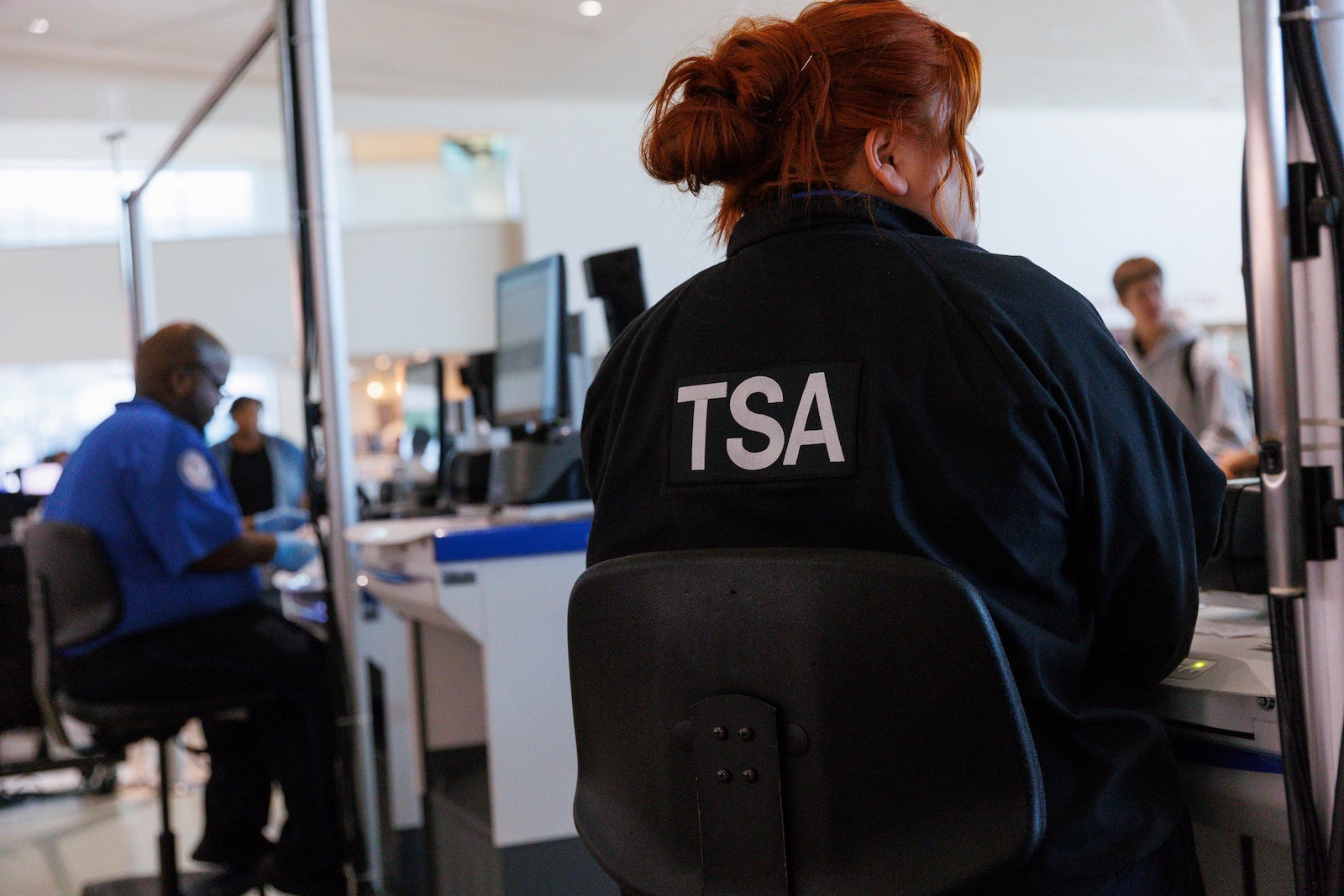
However, we should warn: Security backups cropped up during the last shutdown, so it’s possible travelers could run into longer wait times at TSA checkpoints if the shutdown drags on.
Visiting several airport checkpoints late last week, overall TSA staffing levels appeared, in some cases, to be a little less than what I’d normally expect to see as an avid traveler who’s at airports most weeks.
We should note: essential federal employees that are still reporting to work are currently without the assistance of critical, furloughed support staff that help government services run more efficiently.
The U.S. Department of Homeland Security did not immediately respond to a request for comment on TSA staffing levels, though many government staffers that handle press inquiries are currently furloughed.
Routes to smaller communities in jeopardy
While some flyers could face travel delays, other airports are at risk of losing flights in the coming days.
Federal subsidies for Essential Air Service runs out on Sunday without Congressional intervention, Duffy said on Monday.
That funding supports airline routes to underserved airports, often in smaller communities where a carrier might not otherwise see a business case to fly.
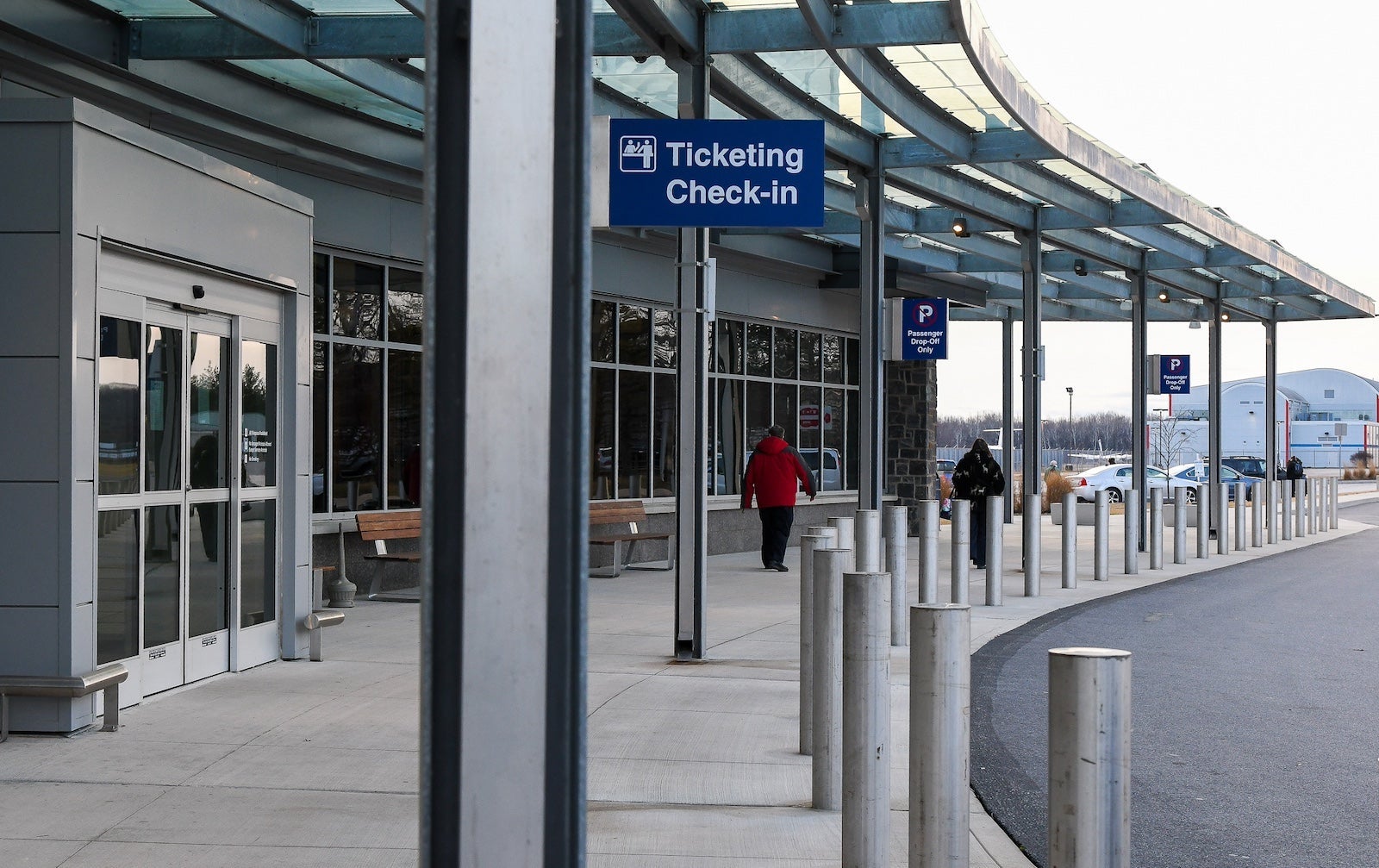
Airlines would likely get the final say on whether a particular route would go on hiatus during a shutdown.
The state with the most subsidized routes: Alaska.
Smaller communities have struggled to maintain air service in recent years, between coronavirus pandemic service cuts, a subsequent pilot shortage and airlines’ shift, over time, to bigger jets.
What to know if you’re flying during the shutdown
Here’s what to know if you’re flying in the coming days.
Is air travel safe during a shutdown?
Yes, leaders emphasized Monday.
“It is very, very safe,” said Frank McIntosh, chief operating officer of the FAA’s Air Traffic Organization.
However, the FAA warned that keeping the skies safe may require control towers to slow the flow of planes if ATC staffing levels drop.
That’s when delays happen, as we’ve seen frequently, in recent years, at heavily congested Northeast airports.
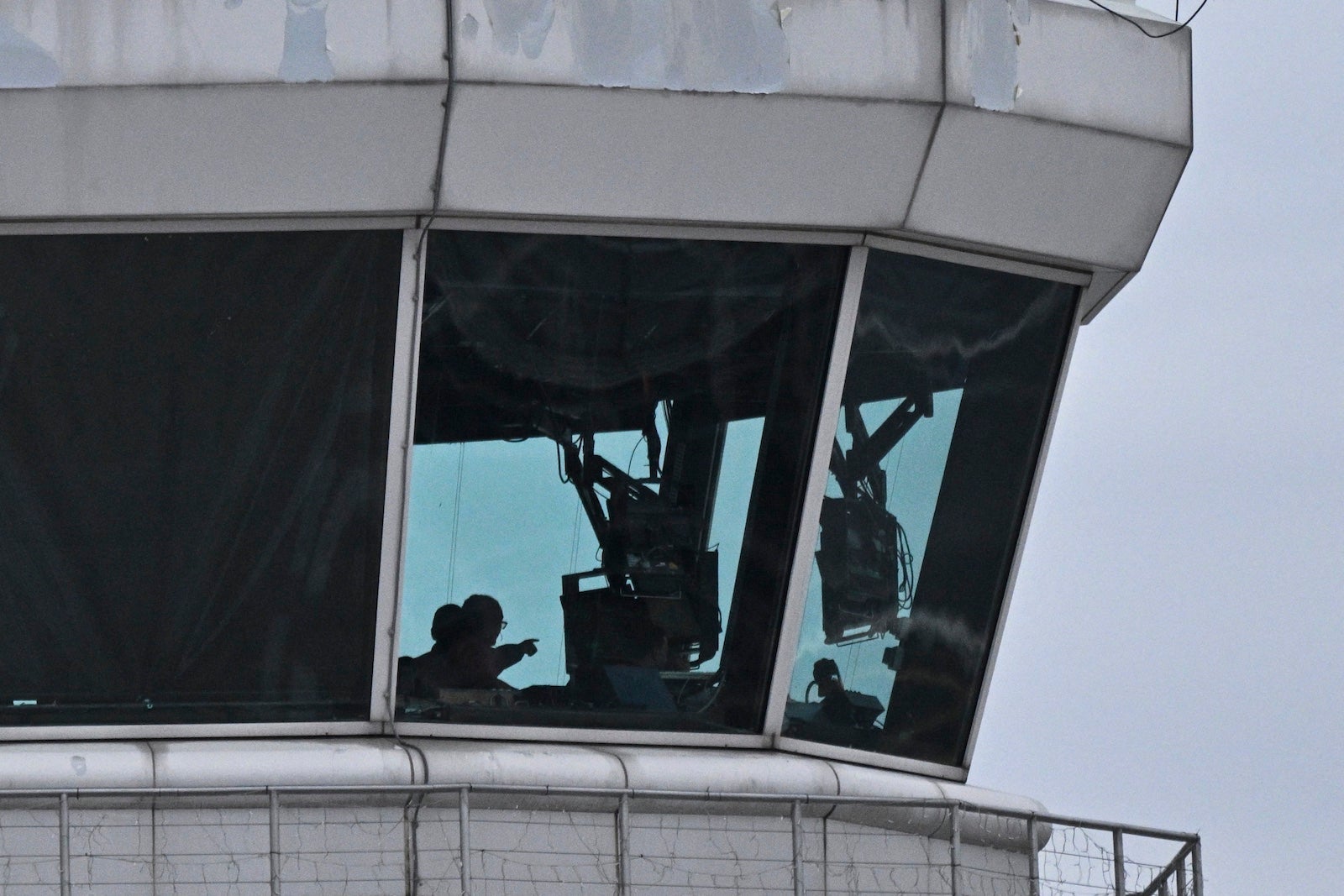
A thunderstorm or other weather disruption would likely make wider cascading delays far more likely.
Get to the airport early
To guard against any potential backups at TSA checkpoints, I’d suggest getting to the airport earlier than you normally do.
And, don’t rely on the ordinarily handy MyTSA app to monitor checkpoint wait times. The app is not getting updated during the lapse in federal funding, TSA warns.
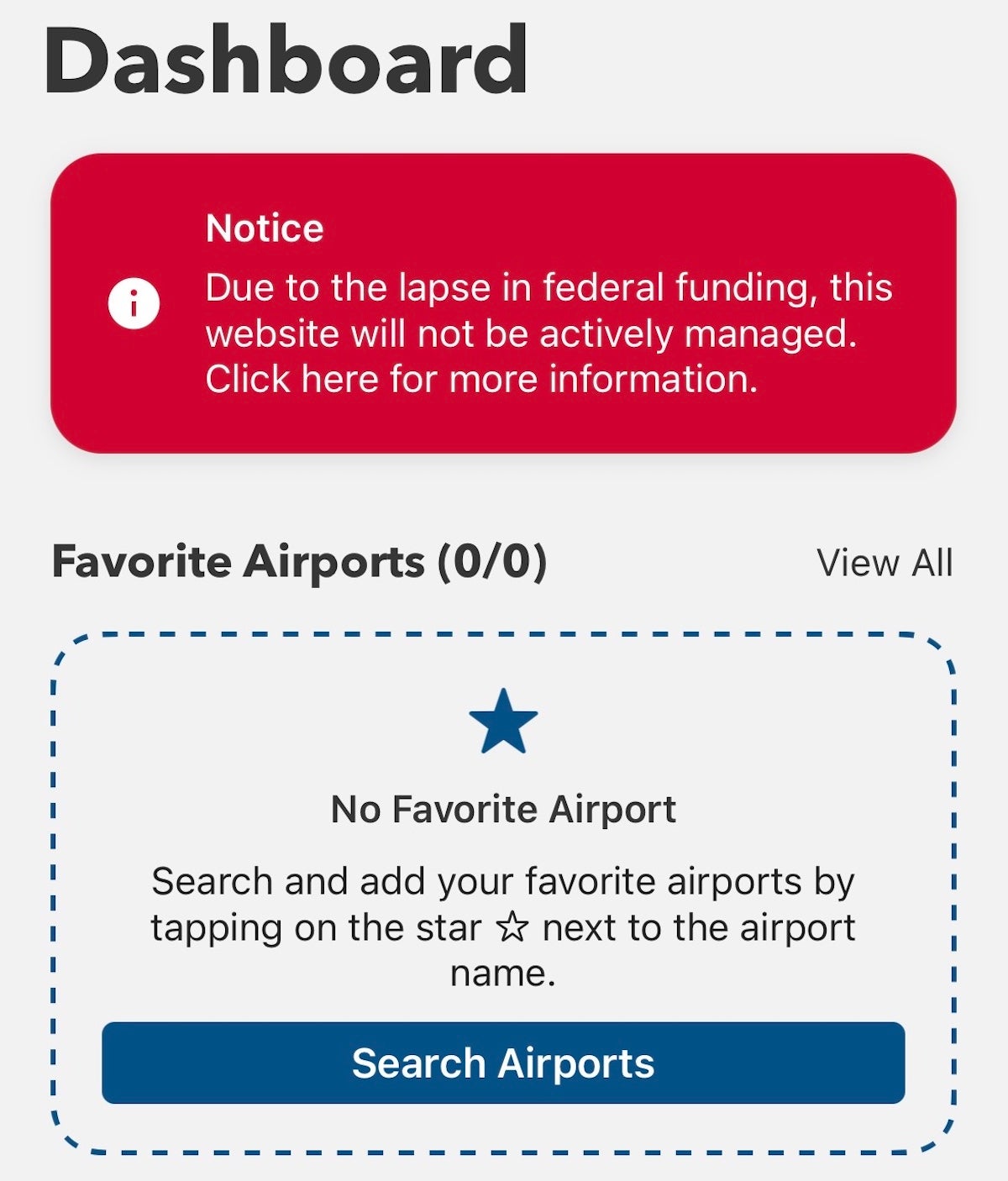
Avoid tight connections
Easier said than done if you’ve already booked your trip.
But the best way to keep shutdown-related flight trouble from turning into a major travel disruption is to fly nonstop, or at least avoid a tight connection.
Mass flight cancellations are a lot less likely than a 45-minute delay caused by a prolonged wait on the taxiway.
Flight delayed or canceled? Here’s what to do next
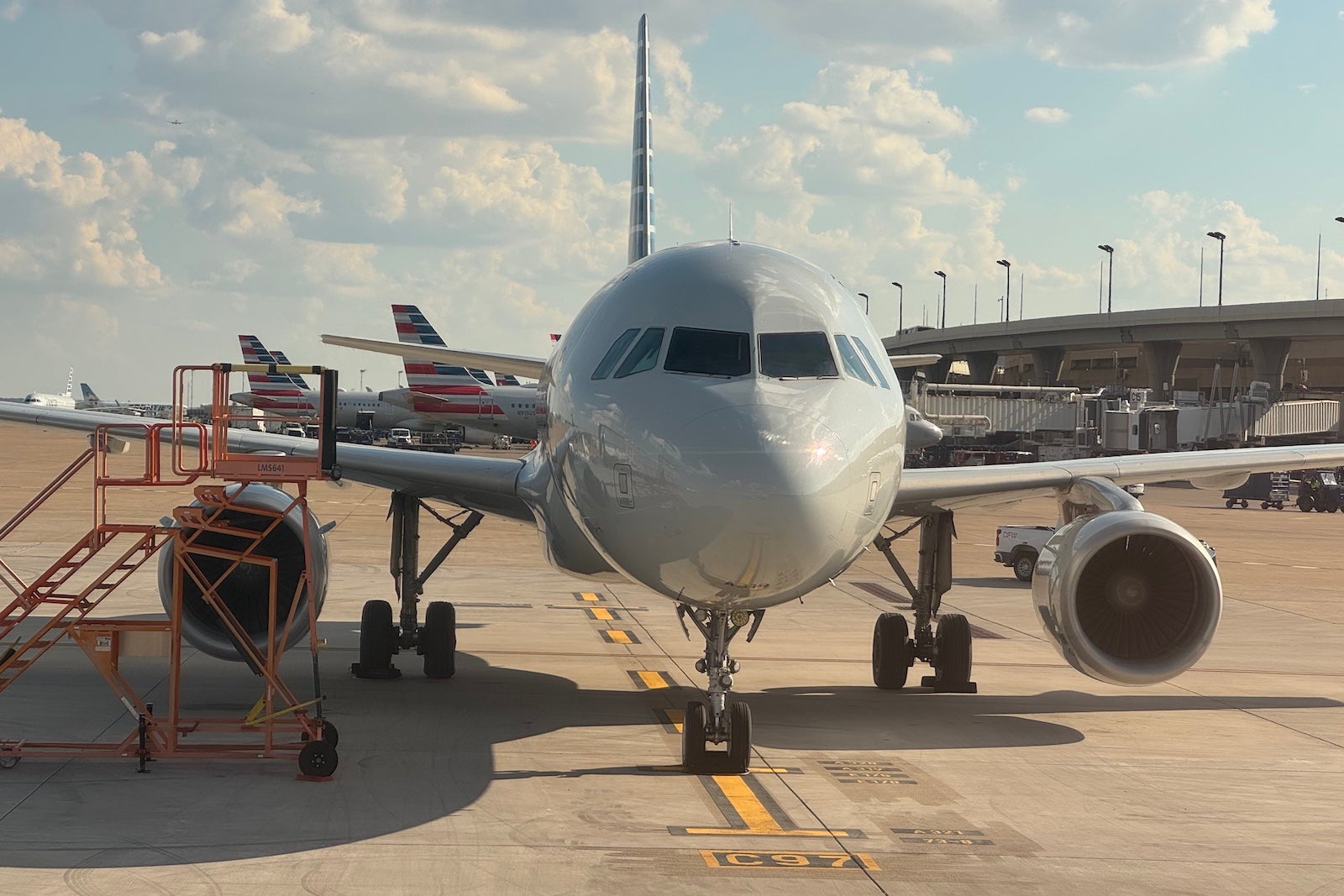
And the latter is only a major problem if it causes you to miss your connecting flight.
Watch for airline travel advisories
We have not yet seen major flight woes, to be clear.
If mass delays start popping up at certain airports, keep an eye out for any communication from your airline.
Should travel woes grow, carriers may issue travel waivers allowing you to change or rebook your trip.
Related reading:
